Keep loggers out of Selous Game Reserve!
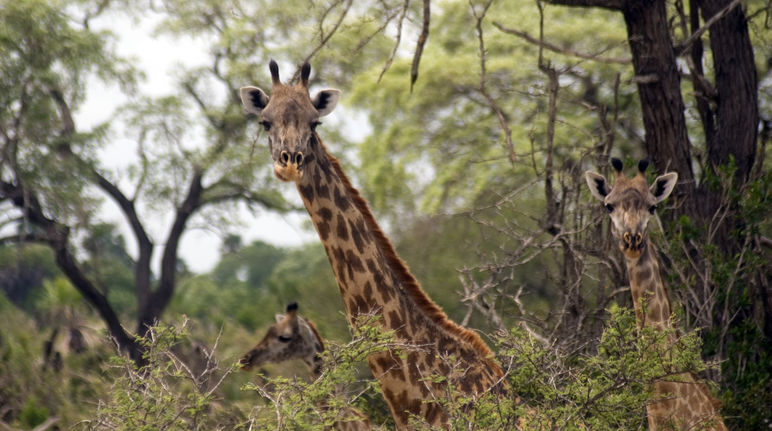 The elephant population in Selous has declined dramatically. (© nyiragongo/istockphoto.com)
The elephant population in Selous has declined dramatically. (© nyiragongo/istockphoto.com)
Tanzania’s government is moving ahead with its plans for a hydroelectric dam in Selous Game Reserve. A huge swath of the UNESCO World Heritage site and habitat of iconic African wildlife would suffer irreparable damage. 1,500 km2 – an area the size of London – has just been opened to logging. Please help us protect Selous.
News and updates Call to actionTo: Tanzanian President Samia Suluhu Hassan
“Selous Game Reserve is an ecological treasure. Please protect the UNESCO World Heritage site, a habitat of endangered wildlife.”
Elephants, giraffes and rare black rhinos roam the savannah, hippos lie submerged in shallow water and lions stalk their prey in the tall grass. Selous Game Reserve is vibrant with life – and threatened by a planned hydropower project. A dam in Stiegler’s Gorge, the heart of the UNESCO World Heritage Site, would be an ecological disaster.
A total of 1,500 square kilometers of forest and savannah that would be flooded by the reservoir would be cleared – an area the size of London. The impact of the dam would also be felt downstream along the Rufiji river and delta and in one of the world’s largest mangrove forests. It would endanger the livelihoods of 200,000 people, particularly small farmers and fishermen.
Environmentalists fear the final destruction of the already seriously compromised protected area: Poaching has caused a 90 percent drop in the elephant population since 1982. Uranium mining also threatens the reserve. UNESCO therefore placed Selous on on its World Heritage in Danger list in 2014.
17 Tanzanian companies have been granted logging permits and construction began in July 2019. El Sewedy Electric and Arab Contractors, an Egyptian construction consortium, completed the first stage of construction in November 2020. The $3 billion project is being financed by CRDB Bank Plc, United Bank for Africa and Africa Export-Import Bank (Afriexim Bank).
The former Tanzanian President John Magafuli, who died in March 2021, was completely unmoved by the environmental damage the project would cause, and one minister has threatened to jail those opposing the dam.
There is no question that Tanzania sorely needs a better power grid, but this dam project is not the answer. Please sign our petition and tell the Tanzanian government to keep its hands off of Selous Game Reserve!
BackgroundSelous Game Reserve
Selous Game Reserve was listed as a UNESCO World Heritage Site in 1982. At 51,200 square kilometers, the reserve is larger than Switzerland. The seasonal pulse of the Rufiji river – an abundance of water alternating with droughts – is decisive for the ecological value of the area. The variety of habitats ranges from vast Miombo woodlands and open grasslands to canyon ecosystems and swamps.
More than 2,100 plant species have been documented in Selous so far, and the actual number is likely to be significantly higher. According to UNESCO, the reserve is home to more than 100,000 elephants (Loxodontha africana) and 2,130 rhinos (Diceros bicornis). In addition, there is one of the world's largest populations of hippos (Hippopotamus amphibius) and Cape buffaloes (Syncerus caffer) with 18,200 and nearly 205,000 individuals respectively. Ornithologists have recorded 350 bird species.
The reserve is embedded in the 90,000 square kilometer Selous ecosystem and is functionally linked to the Niassa Game Reserve in Mozambique.
Poaching
Poaching is one of the most urgent problems in Selous Game Reserve. Since the World Heritage Site was established in 1982, the elephant population has plummeted by 90 percent due to poaching.
Damage caused by the dam project
The ecological damage to the reserve will go well beyond the area flooded by the actual reservoir: the project will require about 230 km of access roads and accommodation for thousands of construction workers. The roads will also attract settlers and farmers to areas deep within Selous and give elephant and rhino poachers convenient access, increasing the threat to wildlife significantly.
The dam will hold back around 16.6 million tons of sediment, preventing it from replenishing farmland along the lower reaches of the river and increasing erosion of the river banks. The hydrology and biology of the river system would change fundamentally. Side arms, which become lakes in the dry season, may dry up completely, leaving local wildlife without drinking water. The Rufiji delta would shrink, and with it one of the largest mangrove forests on the planet.
The dam project also threatens the Rufiji-Mafia-Kilwa Marine Ramsar Site, a wetlands area of outstanding universal value.
The dam
The hydroelectric power plant in Stiegler’s Gorge would have a capacity of 2,100 MW. The main dam would be 126 meters high and 700 wide wide, while four additional saddle dams would have a total length of 13.9 kilometers. The reservoir would cover 1,200 square kilometers, making it the largest in East Africa.
According to the initial report, the project would cost $3.6 billion and take 36 months to build. Both of these figures seem wildly optimistic. It is still not known which banks would provide financing, nor who would realize the project. Odebrecht, a Brazilian construction company that has been the main driver of the project in recent years, is currently deeply mired in corruption scandals that have pushed Brazil into a political crisis.
According to experts, the required Strategic Environmental Assessment is so inadequate that it does not deserve the name.
Power supply deficit
Tanzania suffers from a poorly developed power grid. According to the United Nations Development Program (UNDP), only ten percent of households have electrical power. Currently, the country’s power plants deliver a total of 1,700 MW, so the project would more than double Tanzania’s generating capacity. However, relying on a single power plant for such a large share of the country’s power requirements is highly risky.
To: Tanzanian President Samia Suluhu Hassan
Your Excellency,
Tanzania is home to a unique ecological treasure: Selous Game Reserve. UNESCO designated the area a World Heritage site in 1982. Sadly, Selous has been listed as “World Heritage in Danger” since 2014. In addition to rampant ivory poaching, the Stiegler’s Gorge hydroelectric dam project threatens the integrity of the reserve profoundly.
Although the financing of the dam project is unclear and a Strategic Environmental Impact Assessment has not been performed, the Tanzania Forest Service Agency TFS has nevertheless opened 1,500 square kilometers of savannah and forest – with an estimated 2.6 million trees – to logging.
We call on the government of Tanzania to:
- prevent the logging of 2.6 million trees
- do a thorough Strategic Environmental Impact Assessment of the Stiegler’s Gorge hydroelectric dam project
- restore Selous with a revitalized population of elephants and renewed biodiversity.
We recognize that Tanzania is a sovereign nation with a responsibility to its own people that includes power generation. But the decision to damage one of your great natural treasures will have a profound and irreversible impact.
Tanzania can be rightly proud of its heritage of conservation. Please continue your country’s great tradition for the benefit of Tanzanians and the people of the world.
We ask the government of Tanzania to live up to its pledge to protect its world-class treasures.
Yours faithfully,



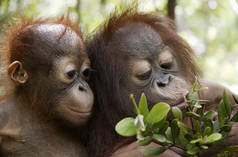

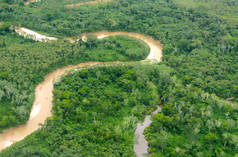


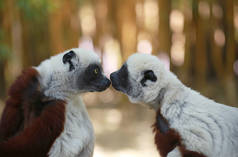
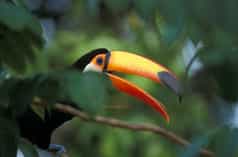

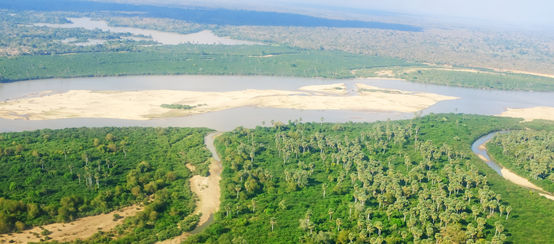
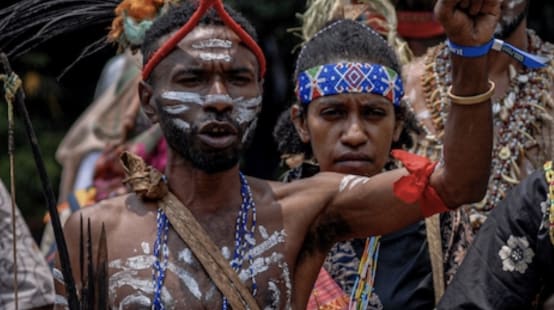
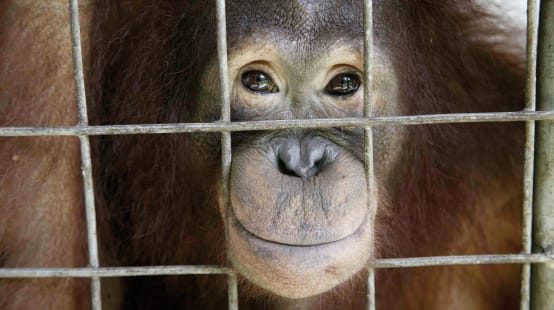
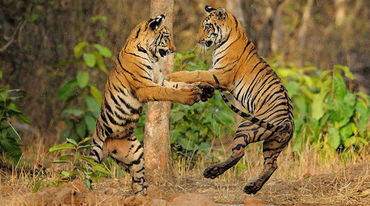 Recent successes
Recent successes